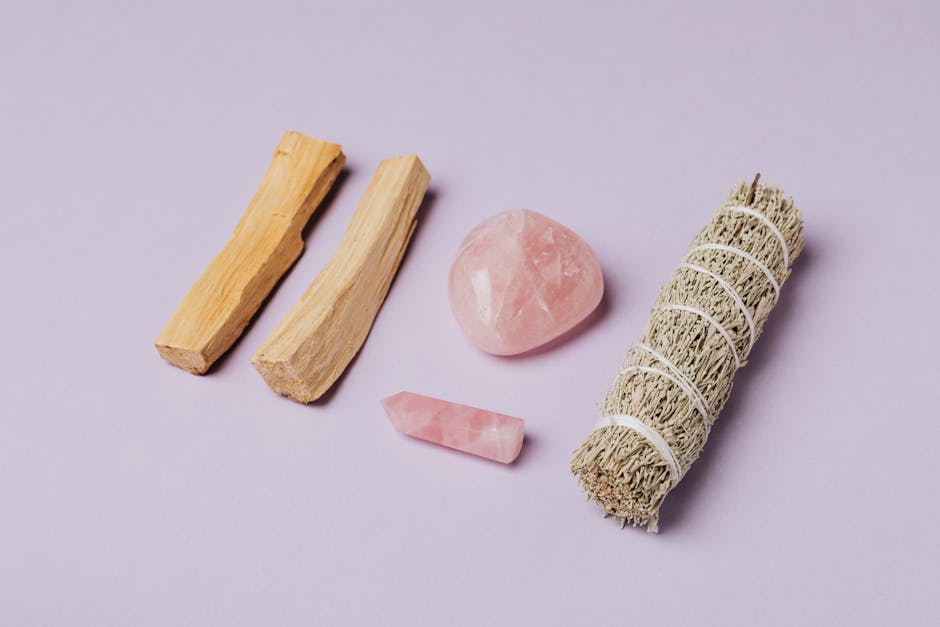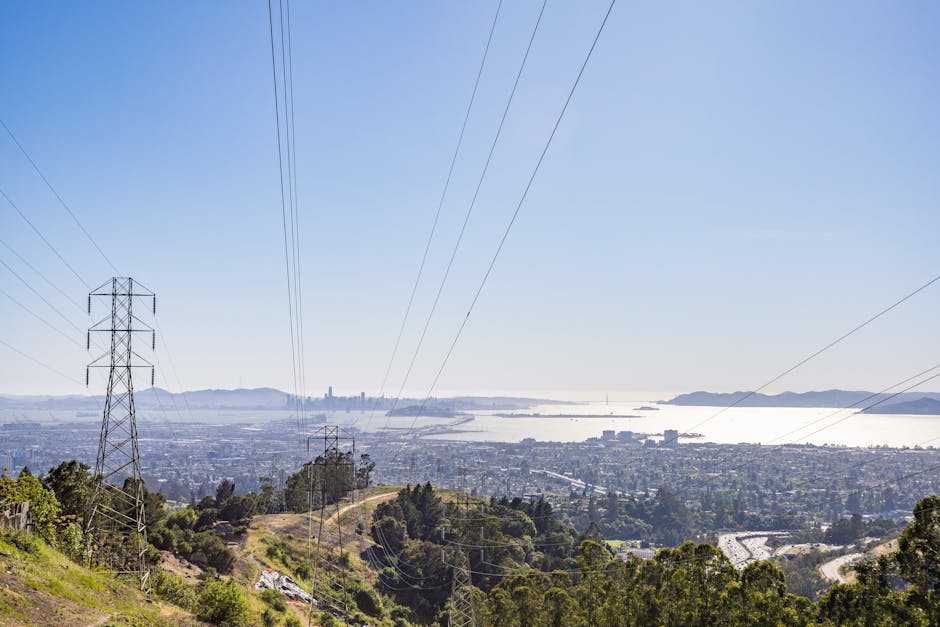Why Water Strategy Matters in 2026
Hikers used to get by with a Nalgene and a few optimistic assumptions. Not anymore. Climate instability means many trails are running hotter and drier even the ones that used to be reliable. Springs vanish. Streams slow to a trickle. Afternoon heat spikes can knock you flat if you’re not ahead on hydration.
Dehydration sneaks up fast. One hour without enough water and you’re already slower. Two hours cramping and headaches. Go longer, and real danger sets in. On backcountry routes, help is rarely minutes away. A solid water strategy isn’t luxury it’s survival.
Veteran hikers don’t treat water like dead weight. They treat it like a system. They map sources, plan carry capacity by terrain and temp, and use dynamic strategies: topping off at shady streams, filtering on the move, stashing reserves near dry camps. They know when to camel up and when to save a sip. Hydration is logistics, not guesswork. Trail conditions are changing, and smart planning is now table stakes.
Calculating Your Water Needs
How much water you need isn’t just about distance. It’s about the terrain, your pace, and what the weather’s throwing at you. The mile per hour rule is flexible, but here’s a baseline to work with:
Flat trail, cool temps: around 0.5 liters per hour
Moderate incline, warm weather: 0.75 to 1 liter per hour
Steep climbs or high exertion, hot conditions: 1 to 1.25 liters per hour
You can also plan per mile:
0.25 liters per mile for easy terrain
0.5+ liters per mile for rougher or uphill terrain
Now layer in the variables. Temperature spikes water needs fast. For every 10°F above 70°F, bump consumption by 10 20%. Elevation gain? You’ll probably need more water because of increased sweat rate and thinner air. Same story with altitude above 8,000 ft, hydration needs accelerate. Don’t forget exertion. Hiking solo at sea level is one thing; carrying a 40 pound pack on a steep, dusty switchback is another.
Quick formulas to keep in mind:
Day hike example: 6 miles, moderate incline, 85°F. Use 0.5L/mile → Plan for 3L minimum.
Multi day trek example: 10 miles/day, mixed terrain, alpine environment. Use 1L/hour × 6 hours hiking + 1L for cooking/hygiene → Plan for ~7L per day, with resupply or filtering built in.
Bottom line: Estimate conservatively. It’s better to over plan than get caught watching your last drops swirl around your bottle.
Carry Smart, Not Heavy
Not all water containers are created equal and on the trail, every ounce and shape matters. Hydration bladders are the go to for hikers who want steady sipping without breaking stride. Tucked inside your pack with a hose over your shoulder, they’re perfect for hands free hydration. But they’re harder to refill on the fly and can be tricky to monitor volume.
Squeeze bottles are the middle ground: lightweight, flexible, and compatible with inline filters. They collapse as you use them, saving space, but they’re harder to drink from while moving. Then there are hard bottles Reliable. Durable. Easy to clean. But bulky and less forgiving when space is tight.
Smart hikers think modular. Use a bladder or squeeze in your main compartment for movement, then stash a hard bottle in side pockets or your camp kit as an emergency reserve or cooking source. This layered strategy means you’re never caught empty handed.
Ultralight hikers often skip hard bottles altogether. Many rely on collapsible soft flasks minimal weight, pack down to nothing, fast to deploy. If inches and grams matter, the soft flask often wins. One caveat: they wear out faster and can puncture more easily.
For ideas on gear layouts that work mile after mile, check out How to Build a Lightweight Packing List for Multi Day Treks.
Filtering and Purification Options

In 2026, the gap has closed between speed and reliability. The fastest filters in the field today? Squeeze systems like the updated Sawyer Pro remain popular for solo hikers moving fast and light. Gravity filters think Platypus or BeFree gravity setups shine for groups or basecamps, trading speed for convenience. UV pens are faster than ever, with next gen charge free models now sterilizing a liter in under 60 seconds. That said, UV needs clear water to work properly no silty puddles or murky ponds.
Chemical tablets still have a place. They’re light, require no setup, and serve as a solid backup. But they don’t filter only purify so anything chunky or silty still needs screening first. Use tabs on clear mountain water you’re fairly sure isn’t high in organic crud. Skip them if your only source looks like weak tea. That’s where dual stage filtering (pre filter + purifier) saves the day.
With sketchy water think stagnant, tannin rich, or gritty sources it’s all about pre filtering. Use a bandana, coffee filter, or even a sock to catch debris before running it through your main system. Let silty water settle whenever you can. Filtering straight from a muddy creek leads to early clogging and slower flow.
Avoid filter failure by following the basics: backflush regularly, especially during long trips; don’t let hollow fiber filters freeze; never let dirty water touch clean gear; and always have a backup, even if it’s just a few Micropur tabs stashed deep in your pack.
In short: use squeeze for speed, gravity for ease, UV for simplicity and choose based on water quality, not just weight. Test your setup before you need it. When your filter is your lifeline, practice matters.
Smart Storage and Resupply
Carrying backup water is a balance: too little and you risk dehydration, too much and you’re hauling dead weight. A solid rule? Pack about half a liter more than your calculated daily need call it margin, not overkill. If you’re hiking in unfamiliar terrain or there are long gaps between known sources, bump that up. But don’t go overboard. Water is heavy 2.2 pounds per liter and fatigue leads to risky decisions.
When it comes to stashing water near campsites, think like a squirrel with a survivalist streak. Cache sealed bottles in shaded spots, mark the GPS, and note the stash in a waterproofed notebook. Don’t rely on someone else’s jug being there. Always stash your own ideally a day or two ahead on routes you plan to double back on.
At dry camps or while navigating desert zones, rehydration isn’t just about quantity it’s timing. Preload water in the late afternoon. Add electrolytes if you’ve been sweating heavily. Fuel matters, too: dry carbs need more water to digest than fats or protein. So either carry enough water or eat lighter, hydrating foods like couscous or instant soups.
In freezing conditions, water storage turns tactical. Insulate bottles by wrapping them in spare clothes or keeping them close to your core inside your pack. Store bottles upside down ice forms from the top down, so the drinking end stays unfrozen longer. Don’t trust filters after hard freezes unless they’re rated for it; frozen fibers can crack and fail silently. In cold zones, boiling is the gold standard again.
Water isn’t just what you carry it’s how, when, and where you use it. Be deliberate. Stay flexible. Always plan as if the next source might not materialize.
Pro Tips from the Trail
Even the best water systems can fall short without smart habits and trail tested know how. These pro tips make the difference between staying safely hydrated and scrambling to recover.
Pre Hydrate and Balance Electrolytes
Heading into a hike already dehydrated is a common mistake. Seasoned hikers build hydration into their pre trail routine:
Start hydrating the day before, especially during hot weather or demanding treks
Consume electrolytes (sodium, potassium, magnesium) alongside water
Drink slowly and consistently in the hours leading to hiking, instead of chugging it all at once
This sets up your body to retain water effectively and delay the onset of dehydration.
Know Your Water Sources: Digital + Analog
Mapping out potential water sources before your trip is crucial:
Digital mapping tools like Gaia GPS, AllTrails, and Caltopo let you mark springs, streams, and seasonal sources
Paper maps can save your plan when tech fails label key resupply points and keep them easily accessible
Cross reference crowd sourced data and recent trail reports for real time status updates on water availability
Remember, even mapped sources may be dry. Plan for uncertainty.
Camel Up or Ration? Read the Terrain
Understanding when to drink heavily versus conserve is all about timing and terrain:
Camel up (drink big before leaving a known source) when you face long dry sections ahead
Ration carefully in uncertain areas but never skip hydration to save water you’re trading short term gain for long term risk
Study your route to anticipate water scarcity zones, like high ridges, desert, or burned areas
Balance is key: staying ahead of thirst helps prevent bigger problems later.
Just in Case: What Pros Always Carry
Veteran hikers expect the unexpected. They’re never caught off guard because they prepare accordingly:
A backup purification method (chemical tabs or UV pen)
At least one extra water container, collapsible or otherwise
A written note of key source distances in case devices fail
Electrolyte tablets or packets, especially in extreme heat
These small, lightweight additions can mean the difference between discomfort and emergency.
Preparedness isn’t about paranoia it’s about hiking smart.
Final Word: Redundancy = Safety
When it comes to water, there’s no universal strategy that works for every trail, climate, or hiker. Conditions shift quickly what works fine in one region could be risky in another. That’s why experienced hikers treat water planning as adaptive, layered, and built with failsafes.
Why One Size Never Fits All
Planning your hydration system depends on a wide range of variables:
Trail length and remoteness
Weather patterns and temperature swings
Availability and reliability of water sources
Your personal consumption rate under stress or heat
Because these factors are often unpredictable, the strongest defense is a flexible yet solid backup plan.
Assume Failure, Plan for Success
Even with careful mapping and predictions, water can disappear. Springs might dry out. Filters can clog or break. A smart mindset is to expect things to go sideways. That way, you’re ready when they do.
Key considerations:
Always treat marked water sources as potential maybes, not guarantees
Bring a manual backup (like chemical tabs) in case your filter fails
Expect gear malfunctions: cracks, leaks, and frozen bladders do happen
How to Fail Proof Your Water System
The best water strategies include redundancies:
1. Multiple Purification Tools:
Combine a primary filter with a chemical backup
Consider UV pens for fast, safe purification especially in sketchy areas
2. Navigation Backups:
Cross reference digital navigation apps (like Gaia or FarOut) with printed maps
Mark reliable and seasonal sources clearly ahead of time
3. Intelligent Storage:
Use modular containers: if one leaks, the rest remain intact
Store a known reserve for dry camp scenarios
Planning for water is not about anxiety it’s about awareness. Redundancy isn’t overkill. It’s clarity, control, and the peace of mind that comes with knowing you’re never one mistake away from dehydration.
Trail Truth: You’ll never regret carrying an extra purification method. You will regret counting on a single system that fails miles from your next source.
